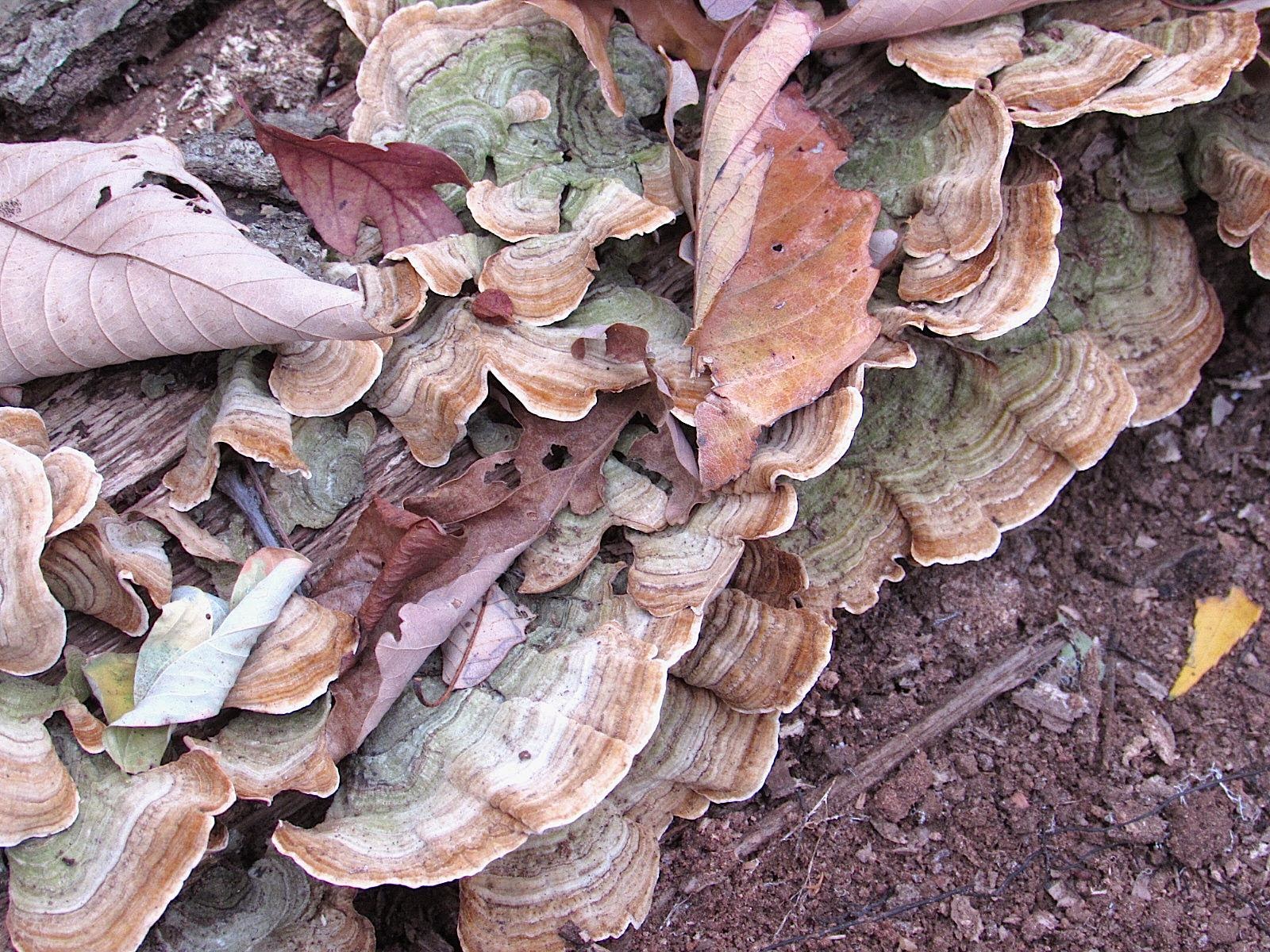 |
| the first four inch log cabin block for the guild's baby quilt. The finished quilt with baby Vivian can be seen here: Jessie Aller's Flickr |
I also listened to a new thing called a Webinar presented to the Modern Quilt Guild which said that modern quilt design is full of neutral areas that work against bold new colors. Naturally, orange came to mind as my favorite bold color to begin with and I found this red, orange and purple mixed print fabric really appealed. I also liked the notion of using mixed whites and neutral colors that almost blend to be one tone but are not quite a solid field. At first I just played with the colors and fabrics learning how to build the log cabins and what contrasts I liked making in the combinations.
Determined to create a large quilt with this log cabin theme I held on to the gray,
Along the way I discovered an antique quilt on Pintrest which was called a Triple Bar Log Cabin. This one appeared to be a slightly rectangular shape and I began using it in an off shoot to keep having fun. I played with a broader spectrum of colors which cried out to me as the orange, gray and mixed whites project was accumulating enough blocks to cover a queen sized bed.
 |
| antique triple bar log cabin quilt photo from Pintrest |
 |
| My first triple bar log cabin block using a red-orange center to represent fire in the hearth. |
This triple bar log cabin finish I called the Cantilever Cabins quilt thinking of the cool new buildings that use prefabricated rectangular cubes or steel shipping containers stacked up to make buildings in modern architecture. It was a very colorful finish that really tickled my fancy. To do the hand quilting I used some near matching multicolor pearl cottons to add an extra layer of color. The neutral blocks really added a modern feel to the finish as the Modern Quilt Guild Webinar had instructed.
Still I had this big set of blocks waiting to come together and I plugged along playing over and over with the various ways to combine the quilt blocks and create a modern design. It is a real struggle to set these designs and commit to the arrangement. The variations were only limited by my own taste. In the end I had too many blocks and pulled some blocks that didn't fit in well, out. This became another kind of Neutral block with pink log cabin quilt. The Untitled Log Cabin creation was fun and finished next as I got closer to the big quilt finish.
All along the queen sized finish was getting closer. It was time to make up my mind how big and how the layout was going to be set and sewn down. On the felt wall I tried symmetry then asymmetry... square and rectangular formats all working around the one big orange and gray block from the beginning seen in the center below.
I decided on a big 88 inch square format to fit my sleigh bed. But I wanted to add lots more orange-gray blocks to the mix feeling for a need to see more color in the large field of paler neutrals. It is filled with rich wool batting and backed with a white on white print then hand quilted with ecru pearl cotton #8. That means it was going to take a while to complete. Once I determined the shape, all three layers went together fast and the quilting spiral was marked in a day. It was ready to begin the hand quilting. Using a hoop of 18 inches I find it is easier to do the center sections where grabbing by hand alone is a little difficult. As I work the lines of quilting towards the edges I abandon the hoop and just hold the three layers with no frame.
Lucky for me that the summer wasn't hot as it usually is, so I could endure working under all that wool and cotton fabric for long evenings in front of the TV. In the end I added a binding of orange and made a white label for the back. Now I am having difficulty photographing such a big quilt at home. I need another DC Modern quilt guild meeting at the large Arlington Library where we made finished quilt photos last year using our professional photo set up to get a really nice finished quilt photos for our portfolio and blog posts. In the meantime here is the quilt pinned to my bedroom felt wall and a few other detail finished quilt photos...
With this quilt I think I am about to finish the log cabin series but there are still some strips of orange and white laying on the pile of left overs I cut so who knows maybe there is another little block or two of log cabin waiting to find form. That fire red orange color is a recurring theme in my quilting work. The hand quilting was done in a squared spiral beginning in the biggest orange block radiating out to the edges at two inch row intervals.
Last night we slept under the orange explains it quilt and the big log cabin seen in this photo. It was toasty warm with the layers of wool and cotton piled high. Ending the year of log cabins I am ready to move on to something with a new challenge. Curves are calling to me to come play in 2015. Happy new year!






















































